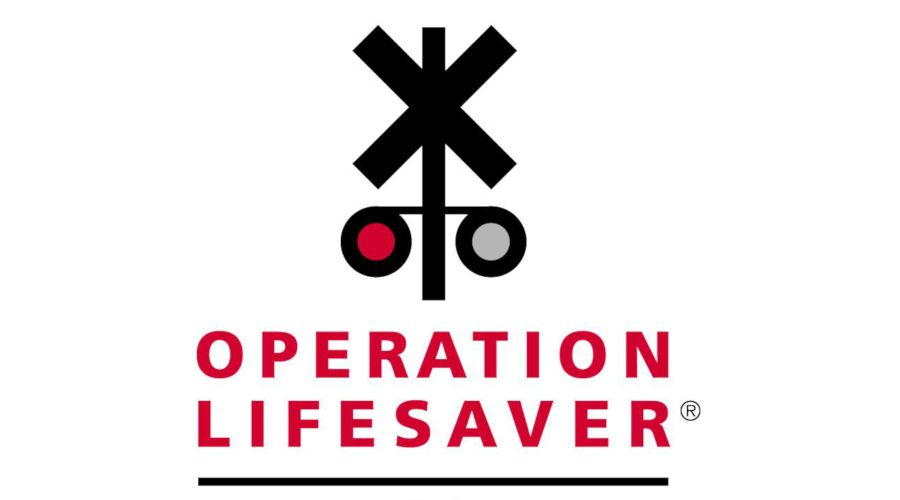Newsletter Sign Up
Stay updated on news, articles and information for the rail industry
Stay updated on news, articles and information for the rail industry
RAIL EMPLOYMENT & NOTICES
Rail News Home
Rail Industry Trends
Rail News: Rail Industry Trends
12/2/2005
Rail News: Rail Industry Trends
CN's the only Class I averaging faster train speeds in '05, Smith Barney/Citigroup says
advertisement
Forty-seven weeks into 2005, only one Class I has increased average train speed compared with last year: Canadian National Railway Co. During the period ending Nov. 28, CN’s average velocity of 25.5 mph rose 4.2 percent compared with 2004’s first 47 weeks, according to Smith Barney/Citigroup's latest ground transportation research report.
“At a recent analyst meeting, CN noted that capacity is not constrained on the network,” said Smith Barney/Citigroup Managing Director and Progressive Railroading columnist Scott Flower in the report. “Given CN’s past service consistency and excess capacity, we do not expect any meaningful deterioration in operating metrics should CN see volumes accelerate in 2006.”
For the other Class Is, average velocity through 47 weeks stood at 21.9 mph for Canadian Pacific Railway, down 12.1 percent; 23.0 mph for Kansas City Southern, down 11.8 percent; 23.3 mph for BNSF Railway Co., down 7.3 percent; 19.3 mph for CSX Transportation, down 4.8 percent; 21.9 mph for Norfolk Southern Corp., down 3.9 percent; and 21.2 mph for Union Pacific Railroad, down 1.8 percent compared with the same 2004 period.
Excluding CN and UP, all the Class Is continue to operate more cars on line compared with last year. Through 47 weeks, KCS’ cars on line increased 7.5 percent to 27,492 units; CPR’s, 5.4 percent to 70,513 units; NS’, 5.1 percent to 193,865 units; BNSF’s, 5.0 percent to 210,076 units; and CSXT’s, 0.1 percent to 233,474 units compared with the same 2004 period. CN’s and UP’s cars on line decreased 1.7 percent to 110,317 units and 0.9 percent to 320,825 units, respectively.
Meanwhile, CN, UP, CPR and KCS continue to lead the pack in average terminal dwell times. Through 47 weeks, KCS’ system-wide average of 24.5 hours dropped 11.4 percent; CPR’s average of 26.1 hours fell 10.4 percent; CN’s average of 13.3 hours decreased 7.0 percent; and UP's average of 28.5 hours declined 5.7 percent compared with 2004’s first 47 weeks. NS’ average increased 4.2 percent to 23.2 hours and CSXT’s average rose 3.8 percent to 29.5 hours.
BNSF’s average of 24.1 hours ballooned 146 percent, but the Class I recently began using adjusted dwell time metrics, which the Association of American Railroads modified in October.
“BNSF’s average terminal dwell time has increased sequentially in three of the past four weeks, rising 2.3 percent during this period,” said Flower. “Increasing dwell time at the Fort Worth terminal appears to have negatively impacted this metric.”
“At a recent analyst meeting, CN noted that capacity is not constrained on the network,” said Smith Barney/Citigroup Managing Director and Progressive Railroading columnist Scott Flower in the report. “Given CN’s past service consistency and excess capacity, we do not expect any meaningful deterioration in operating metrics should CN see volumes accelerate in 2006.”
For the other Class Is, average velocity through 47 weeks stood at 21.9 mph for Canadian Pacific Railway, down 12.1 percent; 23.0 mph for Kansas City Southern, down 11.8 percent; 23.3 mph for BNSF Railway Co., down 7.3 percent; 19.3 mph for CSX Transportation, down 4.8 percent; 21.9 mph for Norfolk Southern Corp., down 3.9 percent; and 21.2 mph for Union Pacific Railroad, down 1.8 percent compared with the same 2004 period.
Excluding CN and UP, all the Class Is continue to operate more cars on line compared with last year. Through 47 weeks, KCS’ cars on line increased 7.5 percent to 27,492 units; CPR’s, 5.4 percent to 70,513 units; NS’, 5.1 percent to 193,865 units; BNSF’s, 5.0 percent to 210,076 units; and CSXT’s, 0.1 percent to 233,474 units compared with the same 2004 period. CN’s and UP’s cars on line decreased 1.7 percent to 110,317 units and 0.9 percent to 320,825 units, respectively.
Meanwhile, CN, UP, CPR and KCS continue to lead the pack in average terminal dwell times. Through 47 weeks, KCS’ system-wide average of 24.5 hours dropped 11.4 percent; CPR’s average of 26.1 hours fell 10.4 percent; CN’s average of 13.3 hours decreased 7.0 percent; and UP's average of 28.5 hours declined 5.7 percent compared with 2004’s first 47 weeks. NS’ average increased 4.2 percent to 23.2 hours and CSXT’s average rose 3.8 percent to 29.5 hours.
BNSF’s average of 24.1 hours ballooned 146 percent, but the Class I recently began using adjusted dwell time metrics, which the Association of American Railroads modified in October.
“BNSF’s average terminal dwell time has increased sequentially in three of the past four weeks, rising 2.3 percent during this period,” said Flower. “Increasing dwell time at the Fort Worth terminal appears to have negatively impacted this metric.”


 2025 MOW Spending Report: Passenger-rail programs
2025 MOW Spending Report: Passenger-rail programs
 Gardner steps down as Amtrak CEO
Gardner steps down as Amtrak CEO
 Guest comment: Oliver Wyman’s David Hunt
Guest comment: Oliver Wyman’s David Hunt
 Women of Influence in Rail eBook
Women of Influence in Rail eBook
 railPrime
railPrime







